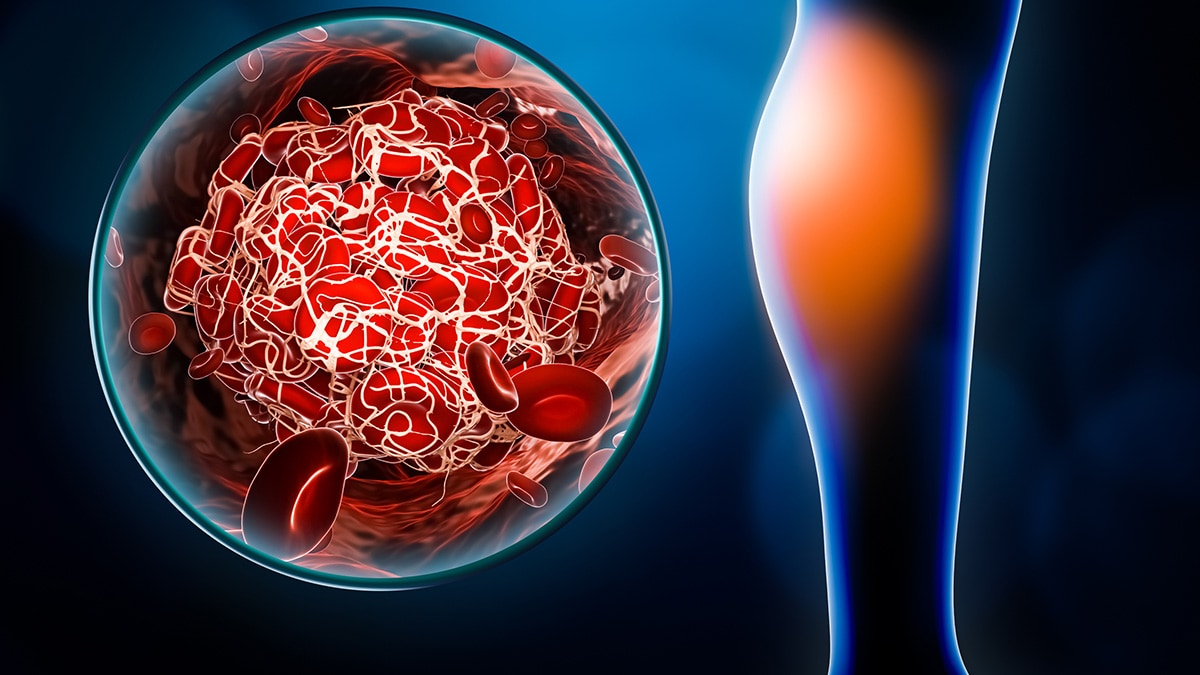At a glance
Sickle cell disease (SCD) is a group of inherited blood disorders associated with severe pain and complications that can affect the entire body. This page provides information on SCD and blood clots.

Overview
Sickled red blood cells can make it more likely for the blood to clot, increasing a person's chance of developing a blood clot in a deep vein (deep vein thrombosis or DVT), commonly in the leg, thigh, pelvis, and arm. A DVT can break off and travel to the lungs (pulmonary embolism or PE). A DVT and PE can cause serious illness, disability, and in some cases, death.
Signs and symptoms
Deep vein thrombosis (DVT)
People with a DVT may not experience symptoms, but the most common signs and symptoms of a DVT that occur in the affected part of the body include:
- Swelling
- Pain or tenderness
- Redness of the skin
If you have any of these symptoms, see your doctor as soon as possible.
Pulmonary embolism (PE)
A PE can occur without any symptoms of a DVT. Signs and symptoms of PE can include:
- Difficulty breathing
- Faster than normal or irregular heartbeat
- Chest pain or discomfort that worsens with a deep breath or cough
- Cough or coughing up blood
- Very low blood pressure, lightheadedness, or fainting
If you have any of these symptoms, seek medical help immediately.
Resources
CDC resources
What to Know About Blood Clots If You Have Sickle Cell Disease
Other resources
Venous Thromboembolism | National Heart, Lung, and Blood Institute
Blood Clots | National Library of Medicine, MedlinePlus
